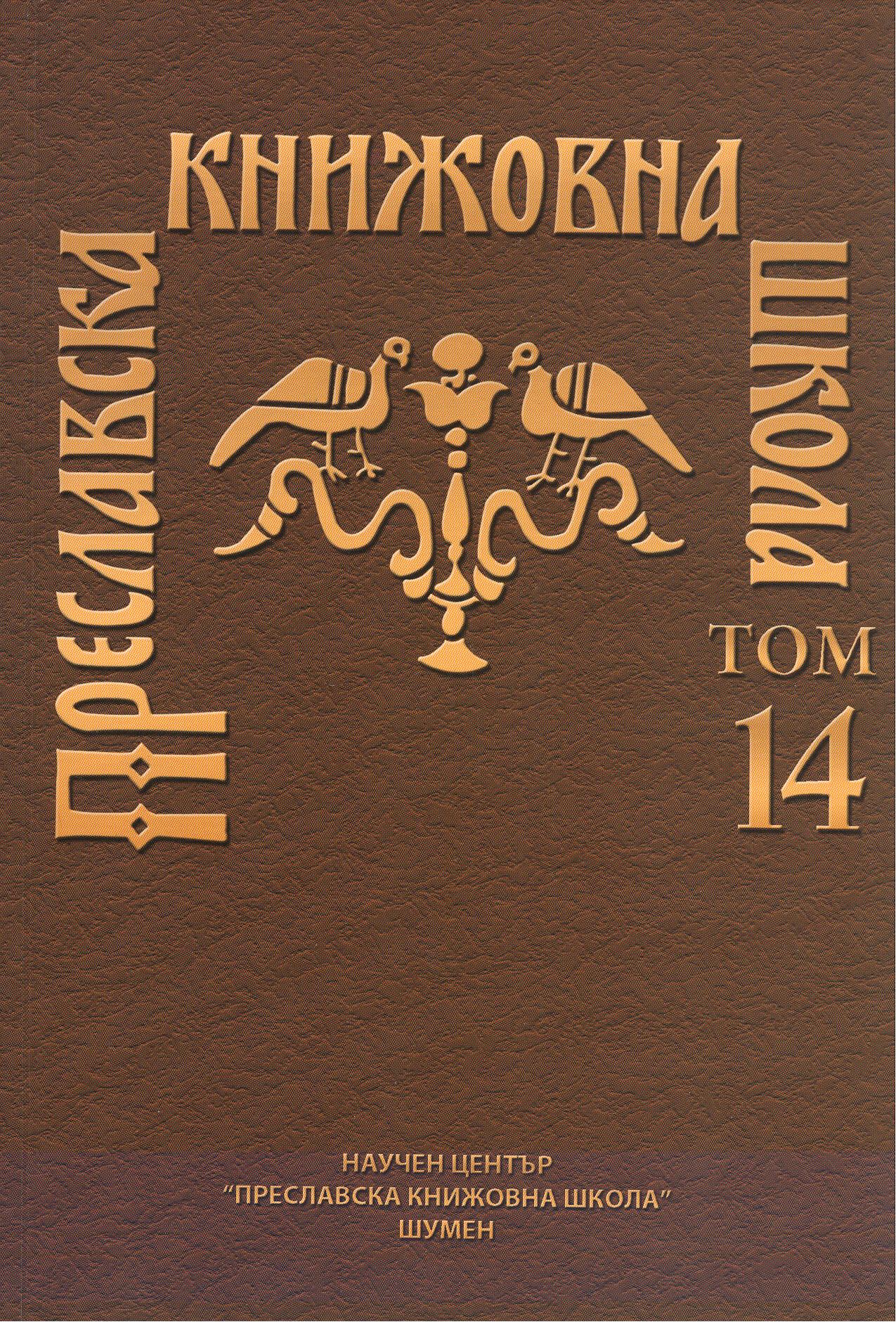СОБСТВЕННОРУЧНАЯ КОПИЯ СУПРАСЛЬСКОЙ РУКОПИСИ, СДЕЛАННАЯ КОПИТАРОМ, И ПЕРВОЕ – ПОДГОТОВЛЕННОЕ МИКЛОШИЧЕМ – ИЗДАНИЕ ПАМЯТНИКА
THE KOPITAR’S TRANSCRIPTION OF THE CODEX SUPRASLIENSIS AND THE FIRST – MIKLOŠIČ’S – PUBLICATION OF THIS MONUSCRIPT
Author(s): Vanda BabichSubject(s): Language studies, Language and Literature Studies, Studies of Literature, Philology
Published by: Шуменски университет »Епископ Константин Преславски«
Keywords: Codex Suprasliensis; Old Church Slavic Cyrillic manuscript; Kopitar Collection
Summary/Abstract: The Codex Suprasliensis—the largest Old Church Slavic Cyrillic manuscript—is a priceless asset in three European national libraries today: in the manuscript collections of the National and University Library in Ljubljana (the first 118 sheets), the Russian National Library in St. Petersburg (16 sheets), and the largest part, 151 sheets, in the National Library in Warsaw. In the Kopitar Collection of Slavic Codices, part of the National and University Library Manuscript Collection in Ljubljana, immediately following the aforementioned Ljubljana portion of the manuscript is what is known as the Kopitar Transcription of the Entire Codex Suprasliensis, which this great Slovenian Slavic specialist created between 1838 and 1840. The transcription is written in cursive Cyrillic, in rather small handwriting, but it preserves the visual image of the manuscript: the form of the column, the same line length, and all abbreviations and supralinear marks. On the edges of the text (left and right) are his comments about errors, the paleographic and orthographic characteristics of the manuscript, special linguistic aspects, interesting features, and so on. Kopitar’s manuscript marks the special use of certain graphemes; for example, ѧ, їѧ, ѩ, and ѩ, the older form of č (ч), c (ч), and psi (ѱ), the majority of Cyrillic ligatures at the end of lines, spellings with ѣ instead of іа, the presence or absence of epenthetic l, and so on. Based on Kopitar’s transcription the second Slovene linguist Fran Miklošič in Vienna, in 1851, prepared for the publication the entire Supraśl Codex, entitled Monumenta linguae palaeslovenicae e Codice Suprasliensi. His edition uses the reconstruction method based on deciphiring abbreviations and modern interpunctuation. There is therefore none of the marking of aspiration and supralinear marks that are found in the original; there are, however, symbols marking the softness of sounds such as l’, n’, r’ and an apostrophe to mark vocalic ellipsis (the use of aspiration, half-circles above some graphemes and of apostrophes is nevertheless analyzed with precison in his Latin introducion). Miklošič does not preserve either the original form or the form of Kopitar’s transcription (such as the same number of letters in individual lines, the number of lines on a page, the form of the columns, the same number of pages). The text runs across entire pages with no indication of the original format. Consequently, a particular text can only be found according to its title (but not according to the visual characteristics of the original). Comparison of the original and Miklošič’s edition is thus rather difficult and, above all, does not provide a clear insight into the text. Miklošič had no access to the original, which is why he had no way of determining the size of individual gaps in the text resulting from the loss of certain pages (he relied on intuition to fill smaller gaps such as missing words, though). This was a reason why he wrongly identified some deficient chapters, and why his list of folios (quires) and the gaps in the text in his Latin introduction to the edition do not match those in the later editions by Severjan (1904) and by the Bulgarian Academy of Science (1982). The differences are found in the sixth, eleventh and twelfth quires.
Journal: Преславска книжовна школа
- Issue Year: 2014
- Issue No: 14
- Page Range: 266-290
- Page Count: 22
- Language: Russian

